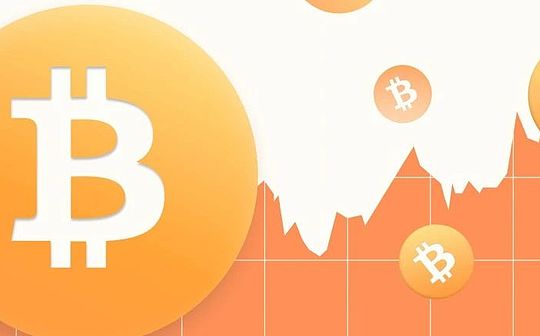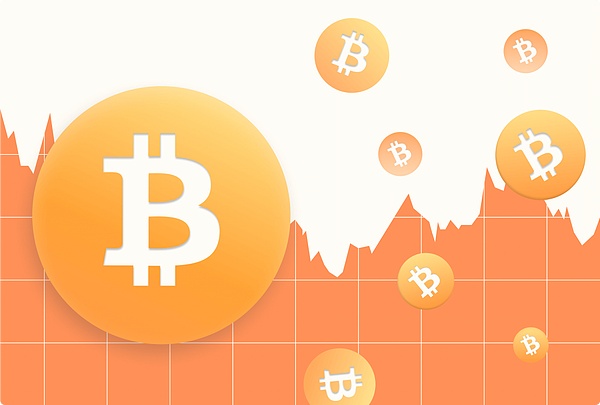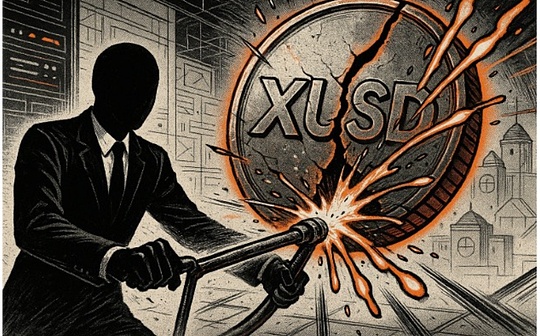
According to the latest “Bitfinex Alpha” report,BTC prices are waiting for long-term holders or institutional demand to absorb recent selling pressure from short-term holders.
The decline in BTC has heightened concerns about the role of institutional investors in maintaining market momentum since hitting an all-time high of $109,590 on January 20.Recently, the price of BTC fell below $77,000, a 29.7% correction from the peak, becoming the second largest pullback in the current bull market cycle.
Historically, a 30% pullback often heralds a market rebound, but the current situation shows that “strongly funded investors” have not yet fully absorbed seller pressure.
Institutional capital flow and market stability
Institutional adoption of BTC is mainly driven by spot BTC ETFs and corporate accumulation, played a key role in reducing the depth of this round of market cycle pullback.
The past recall ranged between 18% and 22%, highlighting the flattening of the recall trend.
However, the current 29.7% drop indicates that institutional support has weakened.The report pointed out that ETF capital outflows reached $921.4 million in four days in the five trading days last week, further strengthening this trend.
Without a new round of buying from institutional investors, BTC may face the risk of long-term consolidation or further declines.
Selling pressure intensifies
Market data shows that BTC short-term holders (STH), defined as “the wallet address that holds BTC for less than 180 days”, are increasingly selling in a loss-making state.
When the price fell below $90,000, STH experienced unrealized net losses, which has historically been a catalyst for increased selling pressure.
The particularly fragile part of this group is the “snack” address, that is, holders who hold less than 1 BTC, who often sell BTC when the price rebounds to unpack after a long period of time.

Recent cost-based trends in BTC buyers further illustrate the weakening of demand.In the case of strong markets, the cost base for those who bought BTC in the past 7 to 30 days will usually be higher than those who bought 1 to 3 months ago, indicating bullish sentiment in the market.
However, this model reversed in the first quarter of 2025, with new market investors hesitating to digest market supply.This shift occurred simultaneously with BTC’s drop below $90,000, reflecting the shift from momentum after a record high to a risk aversion environment.
Key indicators reflect market wait-and-see sentiment
Short-term holder spending output profit ratio (STH-SOPR) is a key indicator to assess the current selling pressure of BTC.It measures whether STH sells when it is profitable or loss.
STH-SOPR’s 30-day moving average has been below 1 since BTC fell below $95,000,It shows that most short-term investors are selling at a loss.
The indicator is neutral with 1, and when BTC briefly hit $78,000, the indicator fell to 0.97.This trend marks one of the most violent surrender events of the cycle.
Continuous downward pressure has led to wider market caution, prompting short-term participants to continue selling.Historically, this condition indicates that local sellers have run out, that is, weaker investors leave, and stronger hands begin to accumulate again.
Long-term investors often monitor these conditions for potential re-entering opportunities, recognizing that deep negative STH-SOPR readings can serve as counter-trend buying signals.
The report notes that as BTC experiences one of the most significant callbacks in this cycle,The response of institutional investors will be crucial to identify the next phase of the market trend.
If institutional capital returns in large quantities, it may provide necessary support for the rebound in BTC prices.However, without strongly funded investors regaining interest, BTC’s price movement may remain sluggish, manifested as continuing to fluctuate within the range or further decline.








